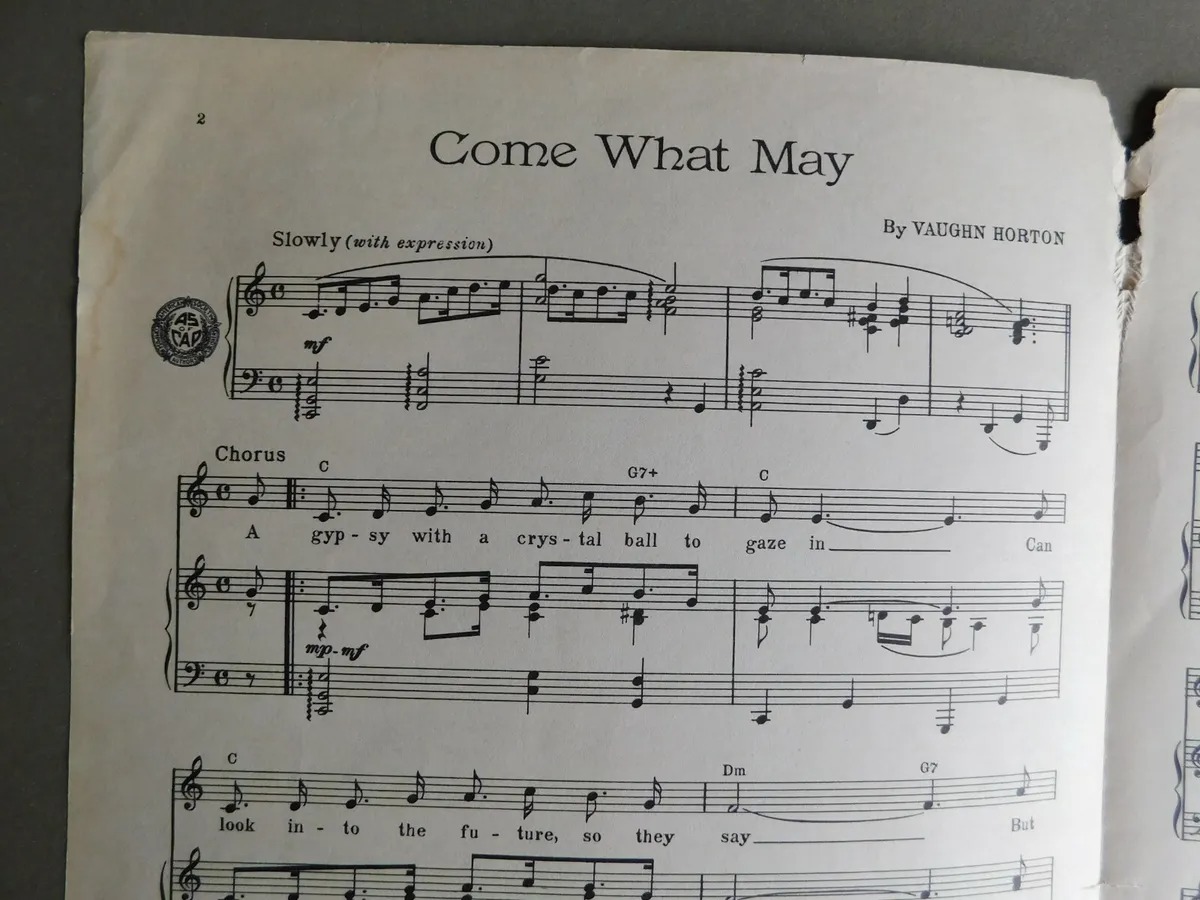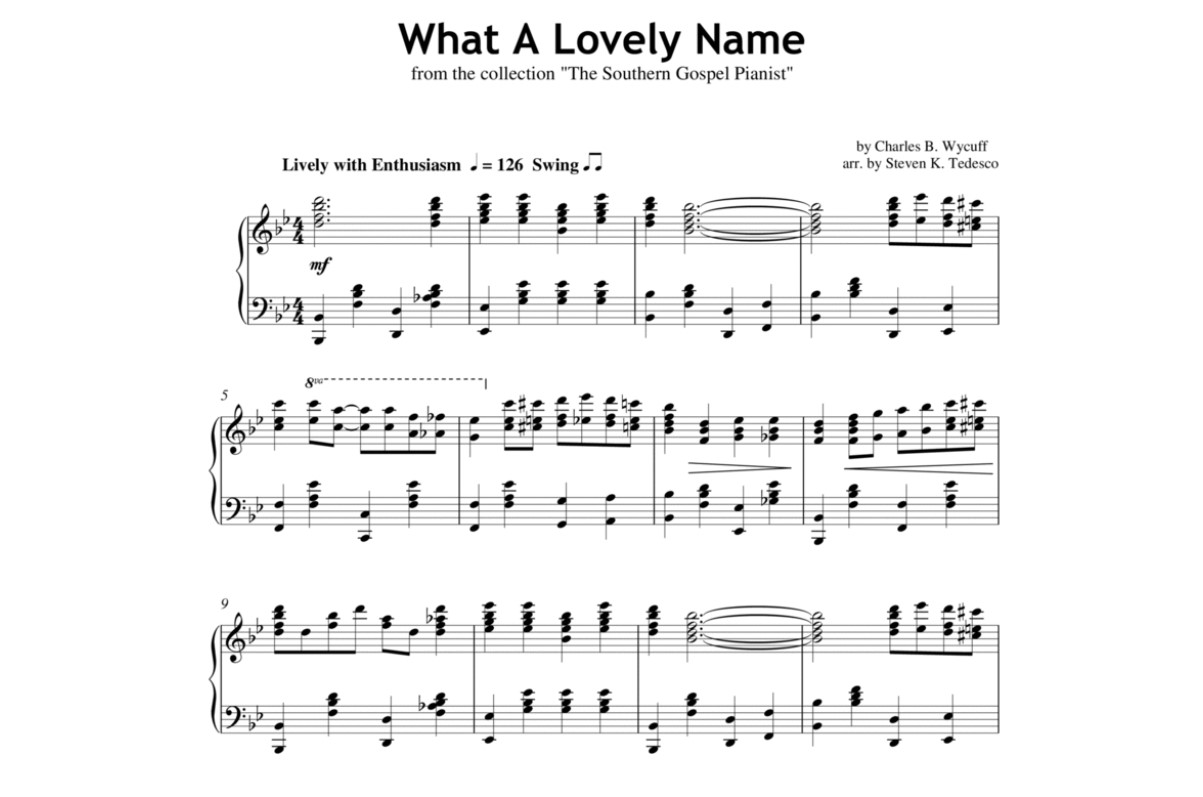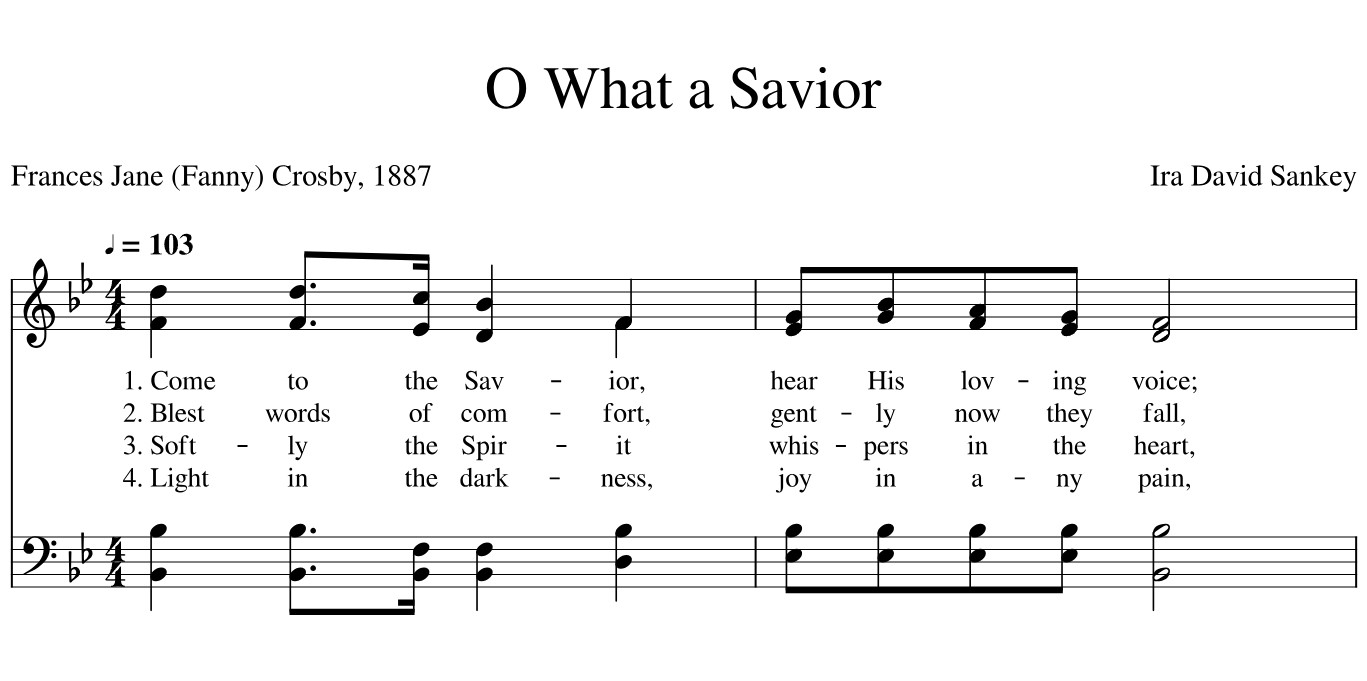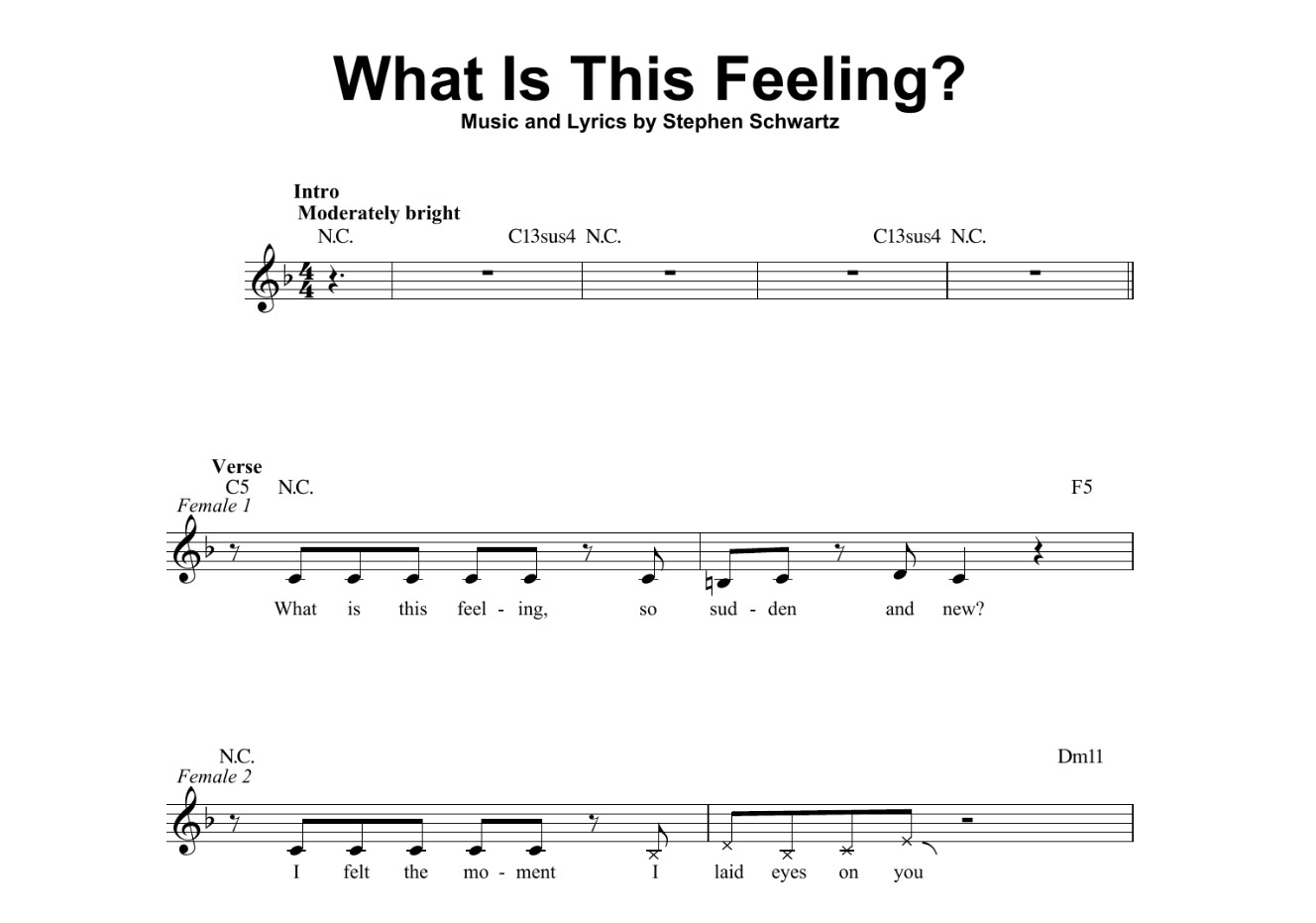Home>Production & Technology>Sheet Music>What Is A Bar On Sheet Music
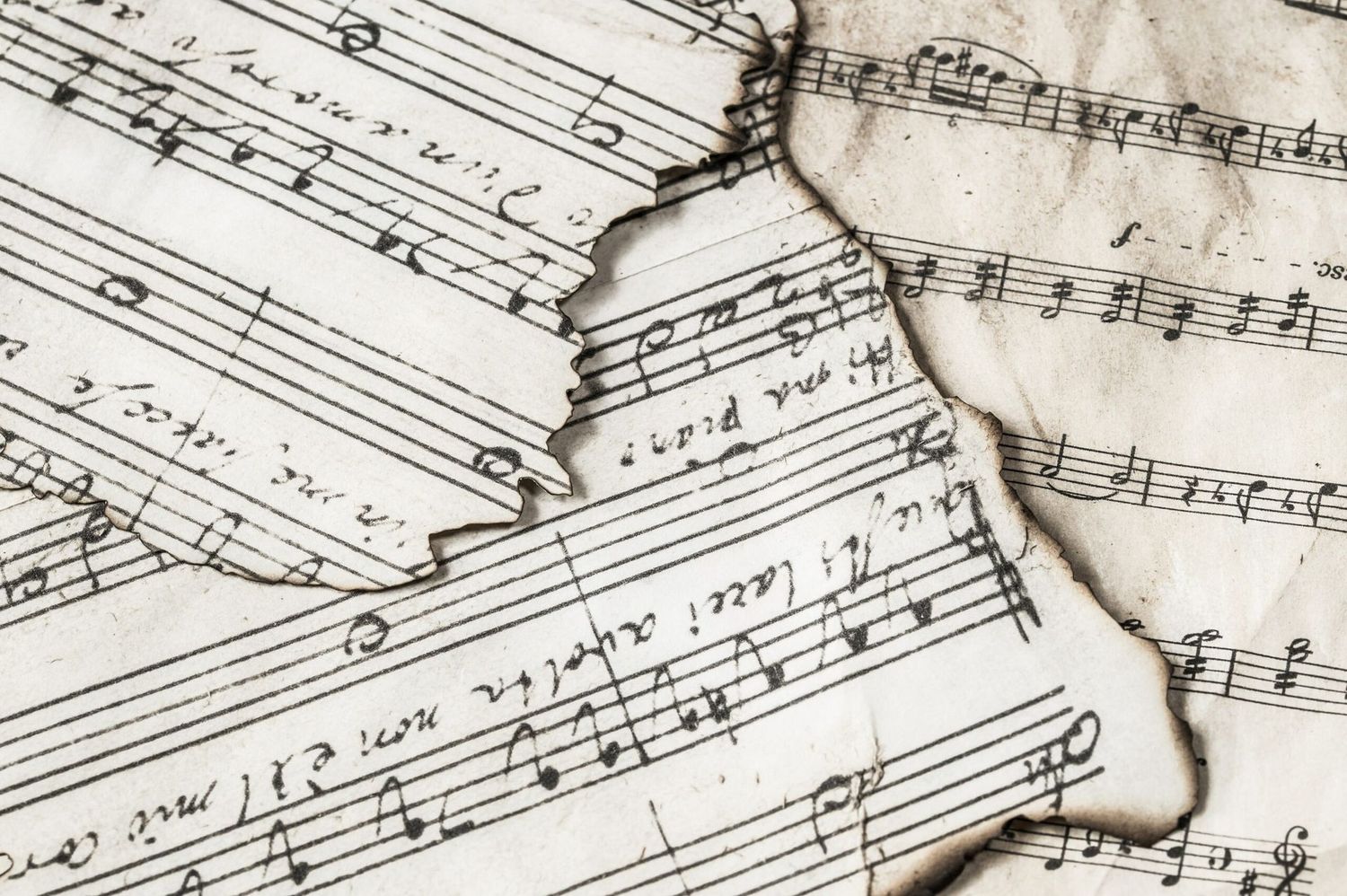

Sheet Music
What Is A Bar On Sheet Music
Published: December 3, 2023
Discover what a bar is on sheet music and its importance in reading and interpreting sheet music. Explore the elements of sheet music and enhance your musical knowledge.
(Many of the links in this article redirect to a specific reviewed product. Your purchase of these products through affiliate links helps to generate commission for AudioLover.com, at no extra cost. Learn more)
Table of Contents
Introduction
Sheet music serves as a vital tool for musicians and composers all over the world. It acts as a visual representation of musical ideas and allows performers to bring those ideas to life. But what exactly are the elements that make up a piece of sheet music? One of the most fundamental components of sheet music is the bar.
A bar, also known as a measure, is a fundamental unit of musical notation that helps to organize and structure a piece of music. It acts as a visual indicator of the rhythmic and metric structure, providing a framework for performers to follow. Understanding the role and significance of bars is essential for anyone working with sheet music, whether they be musicians, composers, or music enthusiasts.
This article will delve into the concept of bars on sheet music, exploring their definition, purpose, and components. We will also discuss the different types of bar lines, the notation of time signatures within a bar, and how bars are used to indicate repeats. By the end, you will have a deeper understanding of the importance of bars in musical notation and how they contribute to the organization and interpretation of sheet music.
Definition of a Bar
A bar, also referred to as a measure, is a unit of musical notation that represents a specific amount of time in a piece of music. It is indicated by vertical lines that stretch across the staff, separating the music into organized sections. Each bar contains a fixed number of beats or a specific rhythmic pattern, depending on the time signature of the piece.
Bars provide a visual framework for performers, helping them understand the rhythmic structure and phrasing of the music. They act as a guide, ensuring that musicians maintain a consistent tempo and accurately interpret the timing of the composition.
Within each bar, musical notes, rests, and other symbols are placed to represent the rhythm and duration of the sounds. The length of a bar can vary, depending on the composer’s intentions and the specific requirements of the music.
Understanding bars is crucial for musicians, as it allows them to effectively read and interpret sheet music. By recognizing the patterns and relationships between bars, performers can navigate through the composition with confidence and precision, leading to a cohesive and expressive performance.
Purpose of a Bar on Sheet Music
The bar serves several important purposes in sheet music, contributing to the overall organization and readability of a musical composition. Here are some key purposes of a bar:
- Structural Framework: A bar divides a piece of music into organized sections, providing a clear and logical structure. It helps musicians navigate through the piece, identifying and memorizing different parts.
- Rhythmic Guide: The bar indicates the rhythmic pattern and duration of notes and rests within a piece of music. It helps musicians maintain a consistent tempo and execute the intended rhythm accurately.
- Phrasing and Articulation: Bars often coincide with musical phrases, helping performers understand the natural divisions and articulations of the music. They assist in shaping the musical phrases and conveying the intended musical expression.
- Time Management: By dividing the music into bars, performers can easily track and manage the passage of time. It helps them synchronize with other musicians, especially in ensemble settings, and maintain a steady tempo throughout the performance.
- Communication: Bars provide a common language for musicians, enabling them to communicate and discuss specific sections of the music. They facilitate effective rehearsal and collaboration, ensuring that everyone is on the same page.
Overall, bars play a crucial role in sheet music by organizing the musical elements and providing a visual roadmap for performers. They enhance the clarity, precision, and musicality of a composition, allowing musicians to effectively interpret and convey the intended musical ideas.
Components of a Bar
A bar on sheet music consists of several components that work together to convey specific musical information. Understanding these components is essential for accurately reading, interpreting, and performing a piece of music. Here are the key components of a bar:
- Bar Lines: Bar lines are vertical lines that span across the staff, dividing the sheet music into individual bars. They act as visual indicators, clearly demarcating the boundaries between each bar. The beginning of a piece typically starts with a double bar line, while single bar lines are used throughout the rest of the music.
- Time Signature: The time signature is usually located at the beginning of a piece, immediately after the clef symbol. It consists of two numbers stacked vertically. The top number indicates the number of beats in a bar, while the bottom number represents the note value that receives one beat. The time signature provides crucial information about the rhythmic structure of the music.
- Notes and Rests: Within each bar, musical notes and rests are placed to indicate the duration of sounds and silences. They are represented by different shapes and symbols positioned on the staff. Notes represent the sound produced by an instrument or voice, while rests symbolize the absence of sound.
- Accents and Articulations: Accents and articulations are markings placed above or below notes to indicate how the sound should be performed. They denote emphasis, dynamics, phrasing, and other important musical nuances, enhancing the expressiveness and interpretation of the music.
- Bar Lines: Bar lines are vertical lines that span across the staff, dividing the sheet music into individual bars. They act as visual indicators, clearly demarcating the boundaries between each bar. The beginning of a piece typically starts with a double bar line, while single bar lines are used throughout the rest of the music.
- Repeats: Repeat symbols are used to indicate sections of music that should be played again. They help to conserve space on the sheet music and alleviate the need for repetitive notation. Repeat signs, double bar lines with two dots, or other specialized symbols are used to represent different types of repeats.
By familiarizing yourself with these components, you will have a solid foundation for reading and understanding the elements within each bar of sheet music. This knowledge will enable you to accurately interpret and perform the musical notation, capturing the intended rhythm, dynamics, and articulations envisioned by the composer.
Types of Bar Lines
Bar lines are an essential element of sheet music, as they visually separate and define the boundaries of each bar. While the basic function of bar lines is to distinguish between bars, there are different types of bar lines that serve specific purposes. Here are some common types of bar lines:
- Single Bar Line: The single bar line is the most common type of bar line, and it is used to separate consecutive bars throughout a piece of music. It appears as a vertical line that extends from the top to the bottom of the staff.
- Double Bar Line: The double bar line signifies the end of a section or a piece of music. It consists of two vertical lines, one solid and the other dashed, positioned together in the middle of the staff. Double bar lines may also be used to separate different movements within a larger composition.
- Final Bar Line: The final bar line is a specific type of bar line that indicates the end of a piece or section of music. It appears as a bold vertical line followed by a short horizontal extension to the right. This symbol provides a clear visual cue that the music has concluded.
- Repeat Bar Lines: Repeat bar lines are used to indicate sections of music that should be played multiple times. They are typically placed at the beginning and end of the repeated section. There are different types of repeat bar lines, including the single repeat bar line (|:), which denotes the start of the repeat, and the double repeat bar line (:|), which signifies the end of the repeat.
- Heavy Bar Lines: Heavy bar lines are bold and thicker compared to regular bar lines. They are often used to emphasize structural changes or important markers within a composition, such as major key changes or shifts in musical style or mood.
These different types of bar lines provide visual cues and guidance to musicians as they read and interpret the sheet music. They help to convey the structure, phrasing, and overall flow of the composition, enhancing the understanding and performance of the music.
Notating Time Signatures within a Bar
Time signatures are a vital aspect of musical notation, indicating the organization of beats and pulses within a piece of music. Typically, time signatures are placed at the beginning of a composition. However, there are instances where multiple time signatures are used within a piece, requiring the notation of time signatures within a bar. Here’s how time signatures are notated within a bar:
In sheet music, when a change in time signature occurs within a bar, it is denoted by placing the new time signature immediately after a bar line. This provides a clear visual indication to performers that the rhythmic structure is changing at that point. The new time signature will then apply to the rest of the bar until another time signature change occurs or until the end of the piece.
When notating time signatures within a bar, care should be taken to ensure clarity and legibility. The time signature should be clearly placed, with adequate spacing and separation from other musical elements. This helps performers easily identify and adapt to the new rhythmic pattern.
For example, if the first few bars of a composition are in 4/4 time signature, but there is a temporary change to 3/4 time signature for one bar, the 3/4 time signature would be placed immediately after the bar line within that specific bar. This informs the performers to play that particular bar with three beats in each measure instead of the usual four beats.
Notating time signatures within a bar provides flexibility for composers to incorporate different rhythmic patterns and accentuate specific musical phrases or sections. It adds variety and complexity to the overall musical structure, adding interest and depth to the composition.
By accurately notating time signatures within a bar, musicians can effectively navigate through complex rhythmic changes, ensuring a cohesive and precise interpretation of the music.
Indicating Repeats with a Bar
Repeats are a common feature in sheet music that allow certain sections of the music to be played multiple times. They are indicated using specific notation symbols and bar lines to guide performers. Here is how repeats are indicated with a bar:
Repeat signs are used to indicate sections of music that should be played again. The two most common repeat signs are the single repeat bar line (|:) and the double repeat bar line (:|). The single repeat bar line is placed at the beginning of the section to be repeated, while the double repeat bar line is placed at the end. These symbols act as visual markers, informing performers to repeat the indicated section.
When encountered, the single repeat bar line tells performers to return to a corresponding double repeat bar line earlier in the music and play from there again. The music between the repeat signs is played once, and then the performer goes back to the double repeat bar line and continues playing. This allows for efficient use of sheet music space and simplifies the notation process.
In addition to the repeat bar lines, other notation symbols are used to modify the repeats. These symbols include “1.” and “2.” above the repeat bar line to indicate the first and second endings. Performers will play the section with the “1.” ending the first time through, and then skip to the “2.” ending on subsequent repetitions.
It is also common to find other markings like “D.C.” (Da Capo) or “D.S.” (Dal Segno) along with repeat signs. These indications tell performers to repeat from the beginning (D.C.) or from a specific sign (D.S.) within the composition. These instructions allow musicians to navigate complex structures and repeat specific sections with ease.
By including repeat signs and other corresponding markings, composers and arrangers can create compositions with varying structures and repetitive elements. Performers benefit from these indications as they simplify the reading and interpretation of sheet music, ensuring that repeated sections are played accurately and consistently.
Overall, the use of repeat signs and corresponding notation symbols with a bar plays an essential role in sheet music, allowing for efficient repetition and navigation through musical compositions.
Importance of Bars in Musical Notation
Bars, also known as measures, are an essential component of musical notation, serving several important functions. Their significance lies in their ability to provide structure, organization, and clarity to a piece of music. Here are some key reasons why bars are important in musical notation:
- Rhythmic Organization: Bars help to organize and present the rhythmic structure of a composition. By dividing the music into measured units, they establish a consistent pulse and provide a framework for performers to follow. This allows musicians to maintain a steady tempo and accurately interpret the rhythm of the music.
- Phrasing and Articulation: Bars help to indicate the natural phrasing and articulation of the music. Musical phrases often align with the boundaries of bars, allowing performers to shape and articulate phrases more effectively. This helps to convey the intended musical expression and enhances the overall interpretation of the piece.
- Time Management: With the help of bars, performers can easily track the passage of time while playing or reading sheet music. It enables them to synchronize with other musicians, especially in ensemble settings, and maintain a consistent flow throughout the performance.
- Visual Reference: Bars provide a visual reference point for performers, allowing them to easily navigate through the music. They provide a sense of structure and assist in memorizing and internalizing the composition, making it easier to repeat or revisit specific sections when needed.
- Communication: Bars serve as a common language for musicians, enabling effective communication during rehearsals and performances. When discussing specific passages or sections, referring to bars makes it easier to identify and locate specific musical elements, fostering collaboration and understanding among performers.
- Repeats and Codas: Bars are crucial in indicating repeats and codas within a piece of music. Repeat markings, such as the single repeat bar line and double repeat bar line, guide performers in playing designated sections multiple times. Codas, indicated by specialized symbols, help performers navigate to specific points in the music, contributing to the overall structure and flow of the composition.
Ultimately, bars play a vital role in musical notation by providing structure, rhythmic guidance, and visual organization. They enhance the readability, interpretation, and performance of sheet music, allowing musicians to effectively communicate and convey the intended musical ideas.
Conclusion
Bars, as fundamental units of musical notation, play a crucial role in organizing, interpreting, and performing sheet music. They provide a rhythmic framework, guide phrasing and articulation, and contribute to the overall structure and clarity of a musical composition.
Throughout this article, we have explored the definition of a bar and its purpose in sheet music. We have learned about the different components of a bar, including bar lines, time signatures, notes, rests, and accents. We have also discussed the various types of bar lines, such as single bar lines, double bar lines, final bar lines, and repeat bar lines, which help to indicate structural changes, endings, and repetitions.
Additionally, we have delved into the notation of time signatures within a bar, understanding how composers indicate changes in the rhythmic structure within a piece of music. We have also explored how bar lines are used to indicate repeats, allowing performers to play specific sections multiple times.
The importance of bars in musical notation is evident in their ability to provide structure, rhythmic clarity, and effective communication among performers. They offer a visual roadmap and assist in managing time, phrasing, and articulation. Their presence enhances the organization and interpretation of sheet music, promoting cohesive and expressive performances.
Whether you are a musician, composer, or music enthusiast, understanding and recognizing the significance of bars in sheet music is essential. So, the next time you come across a piece of sheet music, pay attention to the bars and appreciate their role in guiding and shaping the musical experience.
In conclusion, bars are the building blocks of musical notation and serve as essential tools for musicians to bring the written music to life. They provide structure, rhythm, and organization, empowering performers to interpret and communicate the composer’s intentions with depth and authenticity.




